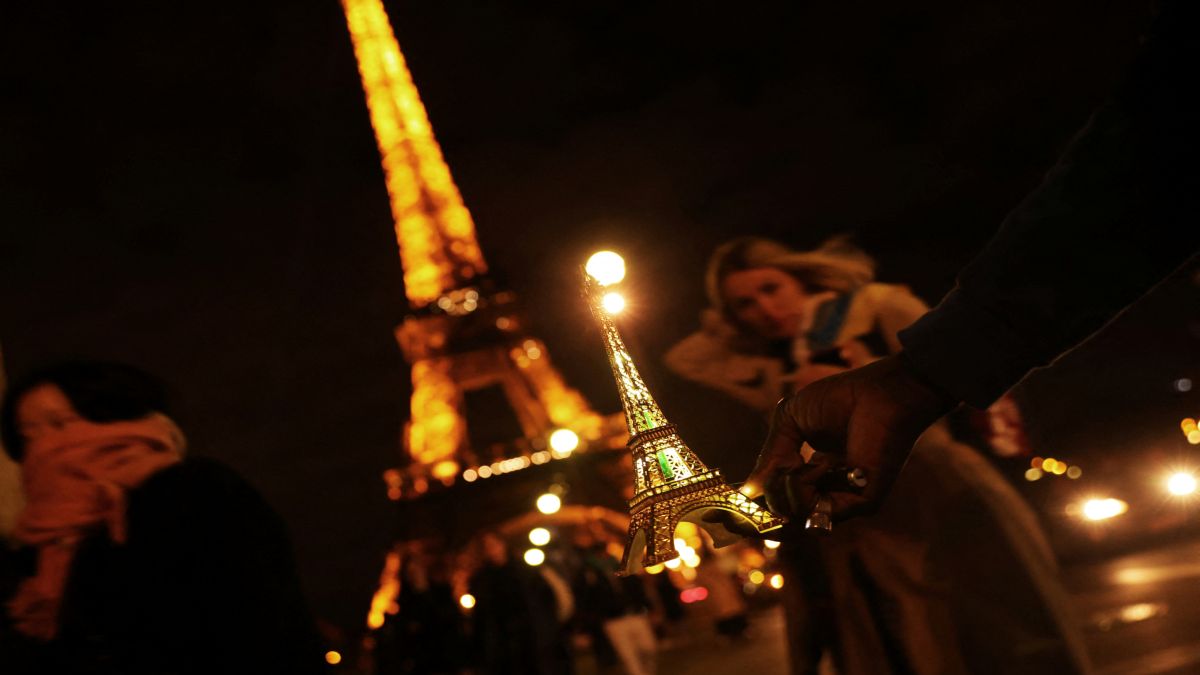Popular tourist destinations that are often on the bucket list of most travellers bring with them a major concern — affordability. The more famous the place is, the more one might end up having to spend. However, the latest travel trend for this year points to a surge in ‘destination duping.’
As the term suggests, this is a practice of travelling to off-beat places that fall within the budget while offering an experience somewhat similar to that of tourist hot-spots. The ‘dupes’ have uncanny similarities with the original destinations and offer unique cultural experiences for travellers.
The trend, which is fuelled by social media, comes as a response to overcrowding and overuse of resources. Places like Athens have restricted the number of visitors, while Venice and Amsterdam are now charging tourist taxes. This presents a golden opportunity for the ‘dupes’ to bask in the spotlight.
For example: instead of Paris, one can choose Belgium’s Antwerp and its historic charm. Avoid Venice’s crowded gondolas and opt for Ljubljana’s scenic canals and swap Santorini for Paros’ pristine beaches and cliffs. India is not far behind on the trend, with travellers choosing Gokarna over Goa, Zanskar over Gulmarg and Udaipur over Jaipur.
How did this trend surface?
The phenomenon of “Fashion Dupes” burst onto social media platforms abroad specially TikTok, offering budget-friendly alternatives to high-end products. This same principle swiftly transitioned into the realm of travel, spawning “Destination Dupes.” These swaps occurred for various reasons, aiming to provide travellers with alternatives that are typically cheaper, less crowded, more accessible, or simply more intriguing.
Impact Shorts
More ShortsExpedia, a prominent US-based travel group, caught wind of this trend by the end of 2023, unveiling a selection of popular dupes in the Asia-Pacific region. Among these were Taipei as a substitute for Seoul, Perth for Sydney, and Pattaya for Bangkok. The revelation was backed by staggering statistics: Searches for Taipei surged by 2,786 per cent over the year, with Pattaya seeing a 24 per cent increase and Perth a 109 per cent rise.
Also read: Venice is charging an entry fee to tourists. But why are residents angry?
Why is this trend catching on?
Nikkei Asia reported four key drivers behind the surge of this trend. First and foremost is the cost factor. While the original destination often skyrockets in price due to its popularity, the dupe typically offers a comparable experience at a fraction of the cost.
Secondly, it’s all about dodging the crowds, especially during peak seasons.
Then comes accessibility. Dupes are often more conveniently located and easier to reach, catering to travellers looking for hassle-free journeys.
Lastly, there’s the allure of novelty. Whether it’s a unique twist on the original or additional attractions, dupes that offer something fresh make travellers feel like they’re getting the most bang for their buck. When a dupe combines two or more of these factors, people are more inclined to switch gears.
Adding to the four motivations for swapping destinations, a fifth factor is emerging: sustainability. This aspect is gaining traction, particularly among eco-conscious and ethically-minded travellers. The allure lies in opting for alternatives to destinations struggling under the strain of overtourism.
In 2023, a study conducted by Skyscanner unveiled that a staggering 93 per cent of travellers would entertain the idea of visiting a dupe destination. Approximately 64 per cent of respondents admitted that the potential savings played a pivotal role in their decision-making process.
Skyscanner’s roster of dupe recommendations included Belfast as an alternative to London, Girona in lieu of Barcelona, Krakow instead of Rome, and Seville as a substitute for Madrid.
Data from the website of travel company EaseMyTrip revealed that travellers making bookings have shifted from destinations like the Maldives to the Seychelles and Lakshadweep, from Thailand to Vietnam and from Dubai to Saudi Arabia. "
Some destinations to avoid
In November last year, this trend received a significant boost with Fodor’s, a prominent figure in the travel industry, releasing its latest “No List.” This advisory cautions travellers to steer clear of specific destinations due to issues related to overtourism and its repercussions.
Leading the list are Venice in Italy, Athens in Greece, and Mount Fuji in Japan, all cited for the damages wrought by excessive tourism. Additionally, Ha Long Bay in Vietnam, California’s San Gabriel Mountains National Monument, and Chile’s Atacama Desert are included due to environmental degradation concerns. Furthermore, India’s Ganga River, Thailand’s Koh Samui, and Lake Superior, straddling the US-Canada border, are singled out for water pollution issues.
This release follows an earlier list from 2022, which flagged 10 other destinations, ranging from Antarctica to Maya Bay and Koh Tao Island in Thailand, to Maui in Hawaii, as places to avoid due to similar concerns.
A few challenges on the way
Countries like Slovenia have even embraced the trend as it contributes to sustainable tourism in the long run. However, while destination dupes offer a more relaxing trip and authentic experiences on a lesser budget, there are some challenges to consider.
Transportation can be a hurdle since these are places that are still underdeveloped for tourism. Similarly, planning might also require more effort, given the limited information that is available about these places.
Given how the trend is exploding on social media, travel experts are confident that destination duping is here to stay. It offers a win-win for travellers seeking the real deal on a budget, while these hidden gems benefit from a more sustainable form of tourism.
With inputs from agencies
)